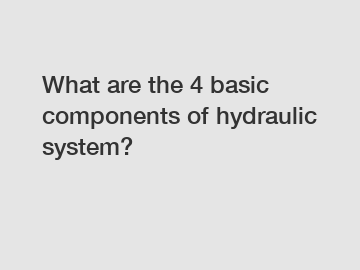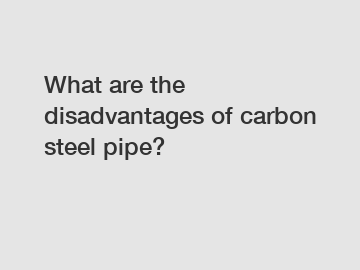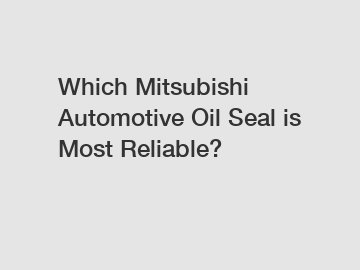What are the 4 basic components of hydraulic system?
Hydraulic systems are the unsung heroes of a multitude of industries. From heavy machinery to aircraft landing gear, these systems power essential operations with their ability to transmit force through fluid pressure. Though complex in their functionality, every hydraulic system is built on four fundamental components. In this blog, we will delve into these components, exploring their purpose and significance in ensuring the smooth operation of hydraulic systems.
1. Hydraulic Fluid: The Lifeline of the System.
At the heart of every hydraulic system lies hydraulic fluid, an essential component that transforms force into usable power. Often referred to as hydraulic oil, this fluid is carefully selected based on its viscosity and temperature resistance. Hydraulic fluids should possess low compressibility, high lubrication properties, and resistance to foaming or becoming contaminated. These qualities ensure optimal system performance, preventing wear, and maintaining consistent operation. It is imperative to choose the right hydraulic fluid for specific applications to guarantee the longevity of the entire system.

2. Reservoirs: Storing, Cooling, and Filtering Hydraulic Fluid.
Reservoirs serve as the storage tanks for hydraulic fluid within a system. These containers are not mere passive storage spaces but play an active role in maintaining the quality and performance of the fluid. Their primary functions include holding an adequate supply of hydraulic fluid, enabling cooling and filtering processes, and accommodating any fluid volume changes due to temperature fluctuations or mechanical operation. Reservoirs are designed with baffles, screens, and filters to ensure the cleanliness of the fluid, preventing contamination that could damage the sensitive components of the system. These reservoirs also facilitate the release of trapped air and operate in conjunction with pumps to create a continuous cycle of fluid movement within the system.
3. Hydraulic Pump: Activating the Powerhouse.
Additional resources:Revolutionary 2-Axis Lathe: Is it the Ultimate Game-Changer in Precision Engineering?
Which Hardface Technologies Dominates the Market?
What is the difference between 1pc and 2pc ball valves?
Enhance Welding Efficiency with Automated Manipulators: Expert Tips for Precision Welding
Enhance Efficiency & Prevent Leaks with King Seal O Ring Gaskets
The Ultimate Guide to Marine Forged Steel Globe Valves
Revolutionary Chain Conveyor Trolley Wheels: Are they the Ultimate Game Changer in Material Handling?
The hydraulic pump acts as the catalyst that generates the force required by the system. It converts mechanical energy from an external power source (such as an engine or electric motor) into hydraulic energy. Hydraulic pumps direct and pressurize the fluid within the system, supplying it in measured amounts to the actuators or motors that require force for operation. Various types of hydraulic pumps are available, including gear pumps, vane pumps, and piston pumps, each catering to specific needs based on flow rate, pressure, and efficiency requirements. Choosing the right pump is crucial, as it directly influences the hydraulic system's performance, efficiency, and longevity.
4. Valves: Controlling Fluid Flow and Pressure.
Valves act as the masterminds of a hydraulic system, controlling the flow and pressure of hydraulic fluid. These components regulate the direction, volume, and intensity of fluid movement, enabling precise control over the equipment being powered. Different types of valves exist within hydraulic systems, including directional control valves, pressure control valves, and flow control valves, among others. Directional control valves determine the pathway for fluid movement, ensuring it reaches the desired actuators. Pressure control valves maintain the desired pressure levels, protecting the system from excessive force or damage. Flow control valves, on the other hand, regulate the speed and volume of fluid passing through the system. The interplay of these valves guarantees seamless, controlled, and safe operation, preventing equipment failure and improving overall productivity.
Conclusion.
Understanding the four basic components of a hydraulic system is key to unlocking their potential in various industries. By appreciating the role of hydraulic fluid, reservoirs, pumps, and valves, we gain insights into how these systems function and how their performance can be optimized. Mastering the essentials empowers us to maintain and troubleshoot hydraulic systems efficiently, prolonging their lifespan, and ensuring their reliability. Whether you are a professional in the field or simply curious about the inner workings of hydraulic systems, having a solid foundation on these four components allows you to appreciate the remarkable technology behind this essential force transmission mechanism.
Contact us to discuss your requirements of one way hydraulic check valve, Cartridge Check Valve Factory, Rotary Directional Valve Manufacturer. Our experienced sales team can help you identify the options that best suit your needs.
Additional resources:Which Thread Stainless Steel Ball Valve offers the best value for its price?
What is a limit switch?
Which Hydraulic Flow Control Check Valves Are the Most Efficient and Cost-effective?
Which Hydraulic Flow Control Check Valve Offers the Best Performance?
CFW Seals: Which Seal Design Will Revolutionize Hydropower?
What are the disadvantages of carbon steel pipe?
Is Lost Wax Casting Reviving the Antique Trade?











Comments
0